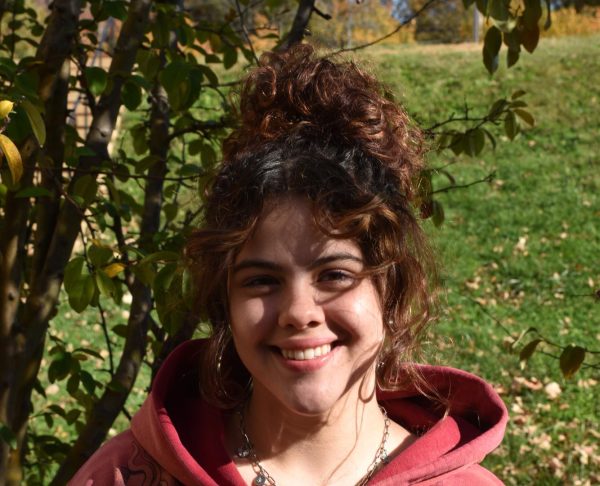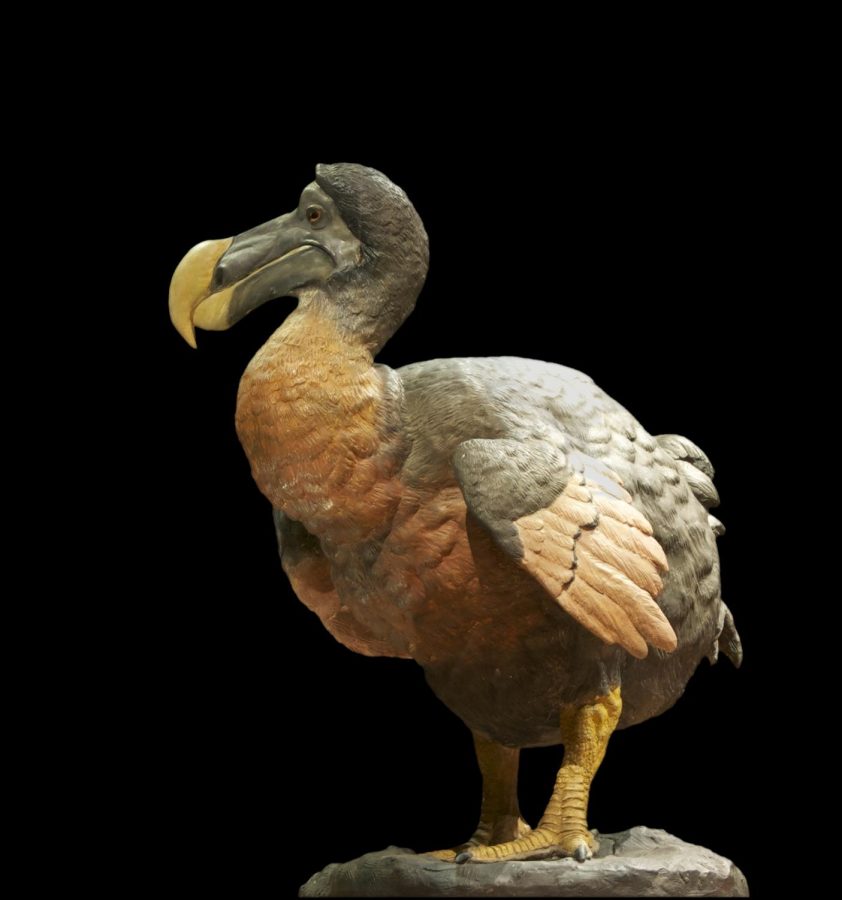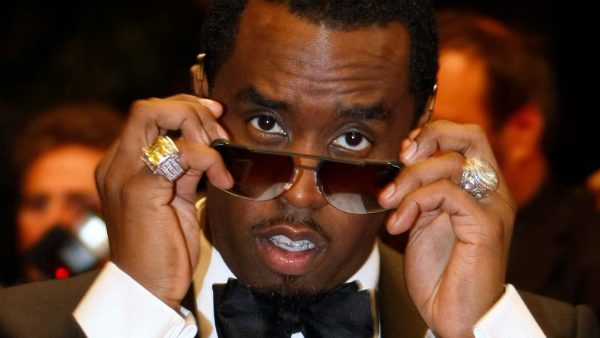Dead as a Dodo
Resurrecting the long-extinct, flightless, ugly bird is a waste of money and time
Jurassic Park is becoming more science fact than science fiction.
Once again, scientists have learned nothing from Hollywood movies and are trying to raise the dead. A species known as the Dodo Bird has been extinct since the 17th century, only ever found on Mauritius in the Indian Ocean. A newly-founded company in Texas, Colossal Biosciences, thinks they might just be able to bring the bird back to life. But really, this whole thing is a waste of time and money.
Dodo Birds are the most empty-headed, brain-dead, unintelligent animal to walk on Earth. The birds were so unintelligent, they got themselves killed off. These large birds– even larger than turkeys, were great to eat back in the day because of their size. But what set them apart from other birds was their inability to adapt. Most species quickly adapt to be afraid of humans hunting them, but not the Dodo. The birds continued to not have a care in the world, which ultimately led to their extinction. Why would scientists ever want to bring these back? Especially for a whopping $150 Million! There are countless more important and relevant issues we should be solving with that amount of cheddar. Invest in fighting climate change, donating it to any charity, opening new homeless shelters around the globe, planting trees, buying 300 Lamborghinis, the list goes on. Out of any bird they could’ve picked, why in the world would you pick the Dodo? Beth Shapiro, Ph.D., the head scientist at Colossal Biosciences, claims it’s because of her love for the bird and believes that it would get the company great publicity, (which it did) and let the public eye see Colossal Bioscience’s mission.
But are we going to let bird-obsessed scientists use this money to bring back a useless bird? Sophomore Bella Bower doesn’t think so.
“Put money toward saving bees instead of animals that are already dead and we have been living without for years! What’s the point?” Bower said.
How about we take a step back and touch base on how are scientists bringing back these infamous birds. The complicated process boils down to this; They take the found DNA of the Dodo and inject it into eggs of similar bird species from today. The hybrid egg grows up into being pretty similar to what the Dodo used to be. Not so much bringing them back from the dead as advertised.
According to scientists, the hope is to bring back extinct animals to their original ecosystems to help the environment flourish and fight climate change. Extinction of species can affect the surrounding environment dramatically and lead to even further extinctions. Every animal has a role in how an ecosystem stays alive and flourishes, but just how much can one small bird affect the wild? What happens if it has the opposite effect? There is a chance that these birds could end up destroying the local ecosystem in Mauritius. Think about it, bringing an ancient bird into a modern ecosystem sounds pretty risky. Their ecosystem has already evolved and adapted to live without them, so who knows what could happen.
What could this future of Dodo’s look like? Colossal Biosciences are even hoping to see the first baby Mammoths in the next five years. Will we have giant Mammoths roaming the St. Louis Zoo one day? Saber tooth tiger warning signs in popular hiking locations? Dodo birds for thanksgiving dinner instead of turkeys? What’s next? Dinosaurs even? Only Colossal Biosciences knows the true answer.

What block are you in? 7th
Years on staff? 2
What is your favorite thing to write about? Hot takes and opinion pieces. I like uncovering stuff that...







